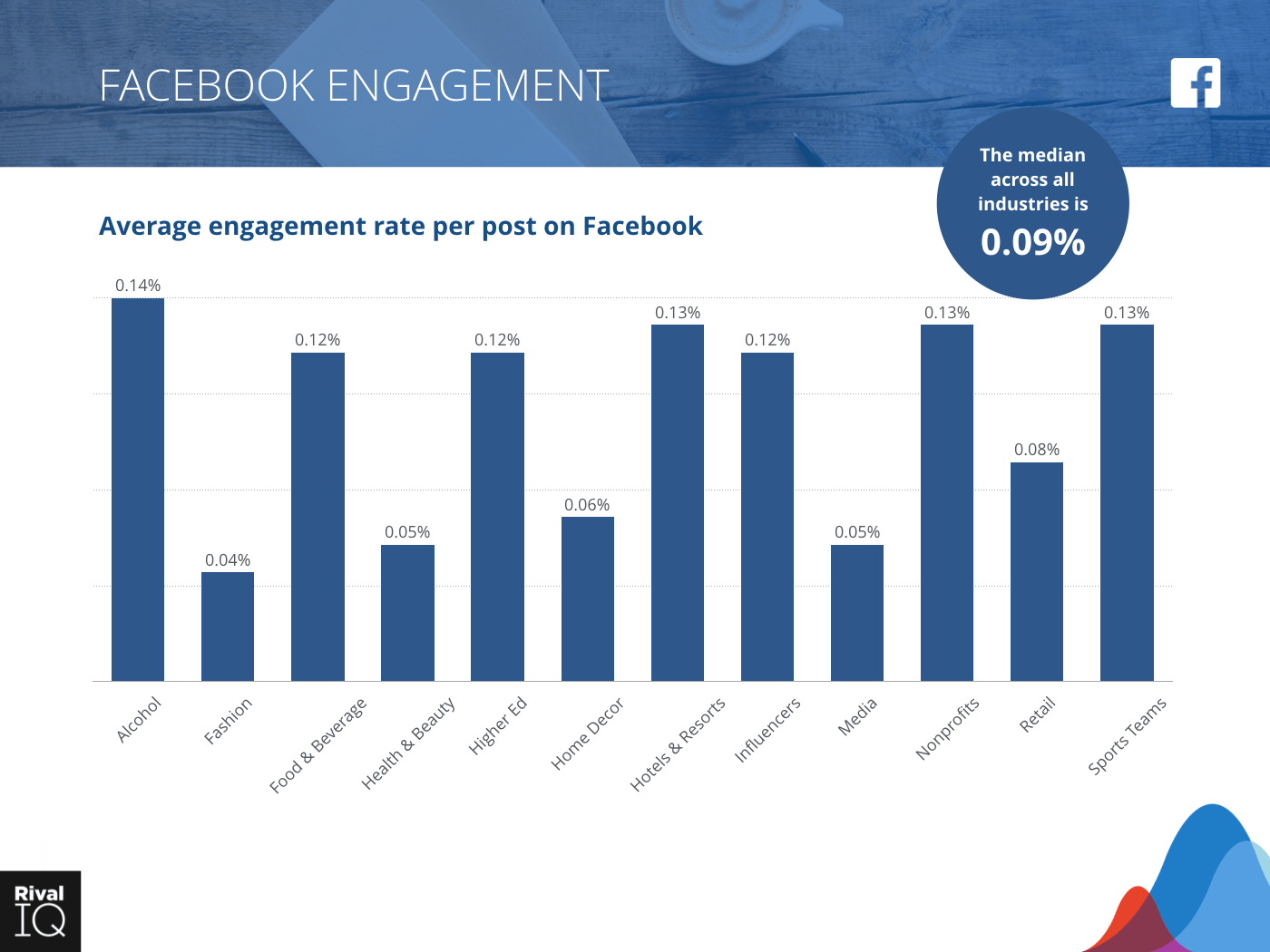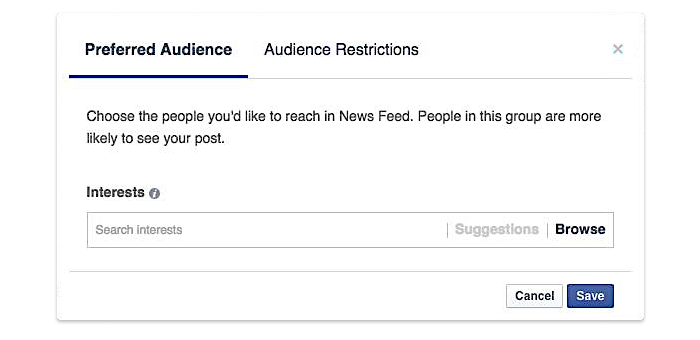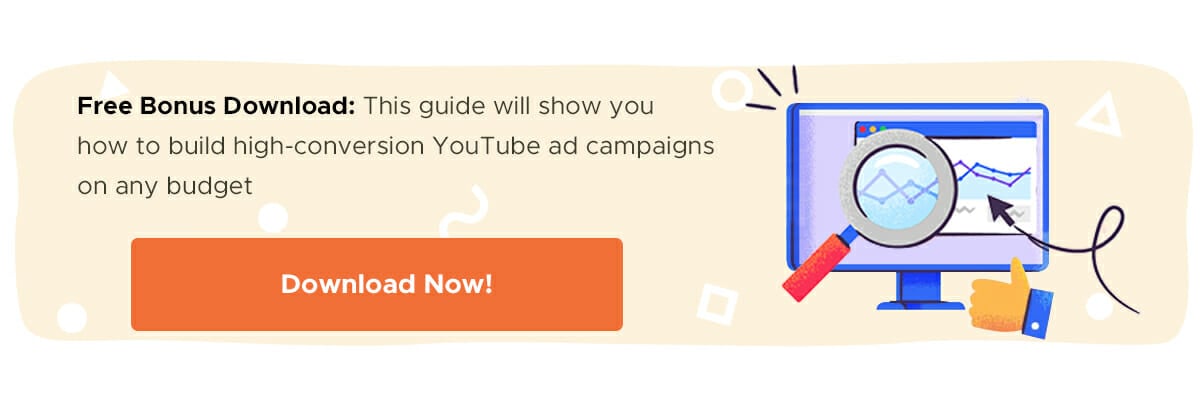Facebook used to be the holy grail for online marketing. If you asked a publisher where the majority of their traffic came from in 2016, chances are they’d tell you it came from Facebook. And they didn’t have to spend a penny for it.
Then Facebook changed its newsfeed algorithm. Some of the changes included:
- Showing fewer “clickbait” headlines
- Prioritizing video content, especially live videos
- Displaying more posts from friends and family and fewer from brands
- Weighing engagement more than likes
- Demoting “engagement bait” posts
Were these changes all great for the end user? Sure. They were great for Facebook’s bottom line, too, because the updates forced brands to pay to promote posts that would otherwise likely go unseen. But brands took a huge traffic hit. Some even went out of business.
So we should all delete our Facebook business pages and focus our efforts on another social platform, right? Unfortunately, it’s not that simple. Facebook has 1.5 billion daily active users – the only two websites on the entire Internet that get more traffic are Google and YouTube. It’s where your users are, so you need to be there, too.
Facebook marketing in 2019 looks a lot different than it did in 2016. That doesn’t mean it’s not still a potentially viable traffic source. It just means that you need to be more strategic about how you leverage it.
When It Comes to Posting, Less Is More
In the golden days of Facebook marketing, the prevailing strategy for brands was to post multiple times each day. That way, people who followed your brand would likely see a post regardless of when they logged on.
Today, brands that post multiple times per day risk being demoted for spammy practices. Plus, users are now accustomed to seeing fewer content pieces from brands. The more they see from a single source that isn’t a family member or friend, the more likely they are to snooze or unfollow that page’s content.
Engagement is really important for making sure you show up in the newsfeed. The median engagement rate for a Facebook post is .09%:

That’s a terrible number. It was also terrible last year, at .16%, but Facebook’s push to prioritize content from friends and family in 2018 made it even worse. If users see your posts in their newsfeeds and don’t engage, you’re going to show up even less.
Despite the fact that we create a lot of content (videos, blog posts and podcasts) at Single Grain, we still limit our Facebook posts to two per day. And some people believe that’s still posting too frequently. On a recent episode of the Marketing School podcast, Neil Patel shared that he thinks two posts a day is too much. He only posts once per day, at most.
As of this writing, Neil has close to a million followers on Facebook and gets around 30,000 visitors to his website from it each month. And sure, we’d all love 30,000 more visitors each month, but when you look at how many followers he has, that’s not actually all that great of click-through rate – especially when you consider that he has to pay to boost some of those posts.
So what’s the right number?
As with most things in marketing, there’s no magic number. But a good rule of thumb is that it’s better to post too little than too much on Facebook. Click To Tweet
Experiment with one per day for a week. Then two. See which one brings you more traffic and engagement, and then stick to that schedule.
Not only are you potentially hurting your Facebook page’s effectiveness if you post too much, you’re also wasting time that could be better spent on other marketing channels and tactics.
Dive Deeper:
How to Improve Your Organic Reach on Facebook
Let’s say you’ve determined that one post per day is what’s going to bring you the best results. Now, how do you make sure that post gets seen? There are a lot of ways, and the more of them you try, the better chance you’ll have of showing up in newsfeeds.
Focus on Quality, Not Quantity
If you’re going to post something on Facebook, make sure it’s good. If you’re posting an image, make sure it’s eye-catching and sized correctly. If you’re posting a link to a blog post, make sure the image that gets pulled in looks great, and that the copy is strong. And – this is important – make sure that the landing page delivers what you promised it would.
If you’re posting video content, make sure the lighting, framing and background look good. Make sure the audio sounds clear. The video content should be concise and engaging as well.
If you’re posting less often, you have the time to make sure each post is something that will boost engagement. Don’t skimp here.
Create More Video Content
Facebook loves video, and so do Facebook users. Facebook Live videos are even more effective: they get 6x as many interactions as regular videos. And Facebook Live videos are much easier to produce than pre-filmed content. You just turn on a camera and go.
Videos that tend to get a lot of engagement include quick tips, product demos or testimonials. Avoid videos that function like commercials. Instead, create something that really adds value for your followers.
Dive Deeper:
Post at the Right Time
You’ve probably read more than one article that tells you the best days and times to post on each social media network, including Facebook. Here’s why you should ignore them: every audience is different.
Think of it this way. If your target audience is marketers, they’re probably going to be on social media all day long. But what if your audience is teachers? There’s a good chance they won’t be logging on at all between 8:00 a.m. and 3:00 p.m. And if you want to reach stay-at-home moms? Early mornings, late evenings and nighttime when the kids are at school or in bed will probably be your sweet spot.
The good news is, it’s easy to figure out when your audience is online. It’s right there in Facebook Audience Insights. From there, you can test posting different content types at the best times, and figure out an effective content calendar and posting schedule for your brand.
Spark Engagement
If you want higher engagement and more visibility on Facebook, you need to start a conversation. But you also need to be careful about how you do it.
“Engagement bait” posts – the ones that explicitly asked a user to like or share a post – used to be really popular. They were effective, too. As Facebook’s algorithms evolved, however, those posts got demoted.
That doesn’t mean you shouldn’t try to get your audience talking. It just means that you have to make the interactions meaningful. Here’s an example:
- Bad: “Click like if you agree that you should only post twice a day on Facebook!”
- Good: “How often do you post on Facebook? Have your experimented with different strategies? Let us know what you think.”
Two more ways to spark engagement are by posting content that appeals to users’ emotions and finding a way to tie in a current event that everyone has an opinion about. A relevant quote that a user can relate to will result in likes, shares and comments. So will referencing a hot news story, especially if it’s one that’s provoking mixed reactions among your audience.
Dive Deeper:
Target Your Audience
Facebook’s Audience Optimization is a new organic targeting tool that allows pages to target posts to those who are most likely to engage with them. This tool is useful if you have:
- Location-specific content: You can make sure that you only show it to followers who live in that location.
- Content on a wide variety of topics: Your audience is probably only interested in content about certain subjects, and Facebook has a pretty good idea of what those subjects are. Use the platform’s tools to target content to users who are already interested in the topic.
- Age and gender: If you’re a retailer and you’re posting about a sale on women’s sundresses, being able to pinpoint the right audience is essential.

Audience Optimization replaces the previous Interest Targeting feature, and is automatically activated on pages that have 5,000 or more likes (those that haven’t hit this metric can manually turn it on within their page’s Settings). Once activated, use this tool to help Facebook “prioritize posts that are most likely to be engaging for a person without limiting visibility for others.”
Reduce, Reuse, Recycle
Chances are you have some older content that has been a major traffic driver for you. If it’s evergreen, there’s no reason not to keep it in the posting rotation. Users won’t see it as often as they would have in the past, and when they do, they’ll be more likely to engage with it.
This probably doesn’t need to be said, but make sure that any older content you’re posting is up-to-date, with no broken links or outdated information. And make sure to swap out the featured image and description text every now and then to keep it fresh.
Think Beyond the Newsfeed
As businesses continue to find Facebook newsfeed algorithm channels pushing their content into obscurity, some are finding creative ways to market on Facebook outside of the newsfeed. Here are some of the ways they’re doing it:
Facebook Groups
If you have a large number of followers, creating a Facebook group is a great way to keep them engaged through discussions. Your group shouldn’t just be about your business, though. Just keep it industry-focused.
For example, if you’re an SEO business, create a group focused on sharing SEO tips and tricks. In between discussions, you can promote your SEO-related content. Becoming active in other groups in your industry will also help raise your company’s profile. Groups devoted to challenges – such as “30 Days to Better SEO” – also see high levels of joins and engagement.
Dive Deeper:
Facebook Messenger
More than one billion people use Facebook Messenger. As it’s a relatively new marketing channel, businesses are currently experimenting with different ways to use it to engage customers. As an example, HubSpot experimented with using it to deliver content, and ended up with a whopping 80% open rate.
The use of chatbots in Messenger is growing as well – and it works. Sephora used a chatbot to book in-store services and saw an 11% increase in bookings, not to mention increased sales from those bookings.
Utilizing these alternate Facebook channels may take some trial and error, but if you can crack them, you’ll have to rely less on newsfeed for organic reach.
It Pays to Boost Posts
In 2019, the reality is that you have to pay to play on Facebook. Boosting your organic reach is vital, but it can only get you so far. If you want to significantly grow your audience – and who doesn’t want that? – you need to pay for it.
We do a combination of boosted posts, Facebook Ads and retargeting in addition to trying to increase our organic reach, and it works well for us. We don’t boost every post, just the ones that we know will get engagement.
At some point, even the best organic reach strategies are going to fizzle out, and it’s likely that Facebook will become a strictly paid platform for advertisers at some point in the future. Luckily, it’s a relatively cheap platform to advertise on, and the extensive targeting options make it a really effective one.
How we use Facebook for marketing will continue to evolve, but I don’t think there’s ever going to be a time when it won’t be a necessary marketing channel for most businesses.
